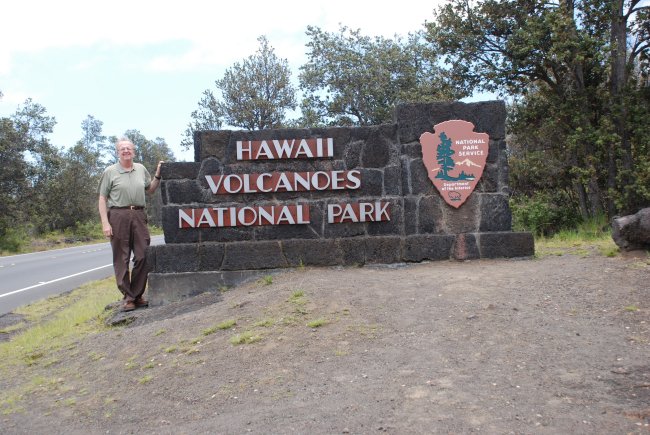
Hawaii Volcanoes National Park and Kilauea
All Photos © K. Dewey, SNR, UNL.
Main Photo Index for the Hawaii trip

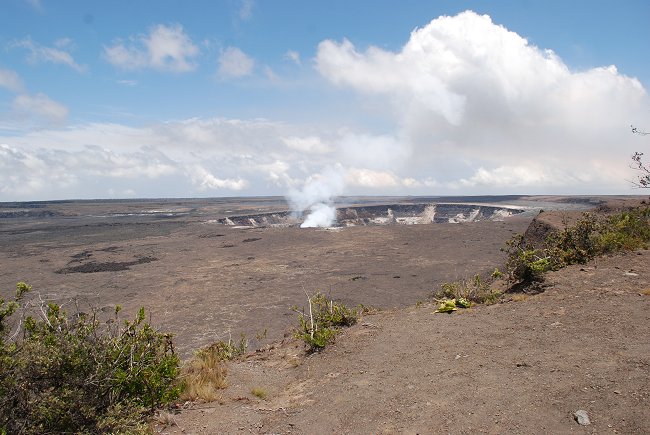
The large crater of the Kilauea Volcano and the smaller new vent that
opened within
Halema`uma`u Crater (which is inside the larger Kilauea crater) in March 2008.

On the National Park Service path around the rim of Kilauea and pointing out
that the smoke
and heat rising above the Halema`uma`u Crater is beginning to create a
convective cloud.

As the heat and smoke continues to rise into the afternoon sky, a convective
cloud forms.
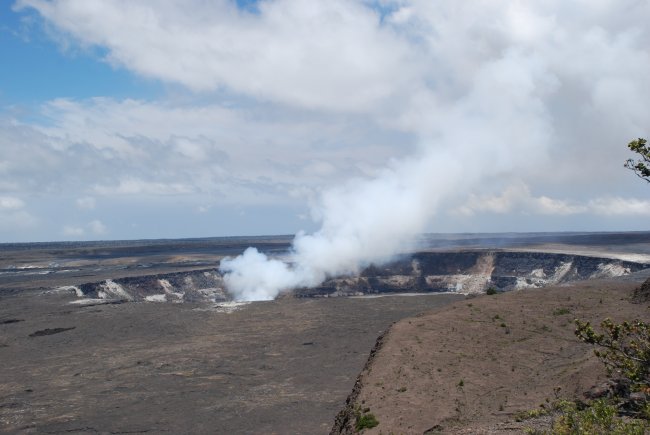
Getting closer to the rim and the smoke plume that seemed to be sending out
smoke puff messages
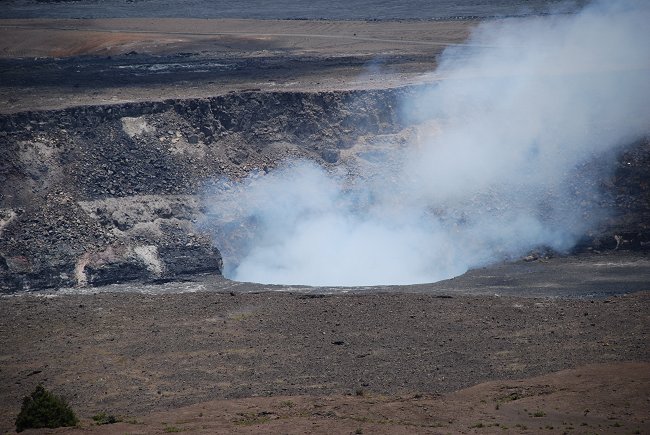
Looking down into the active crater
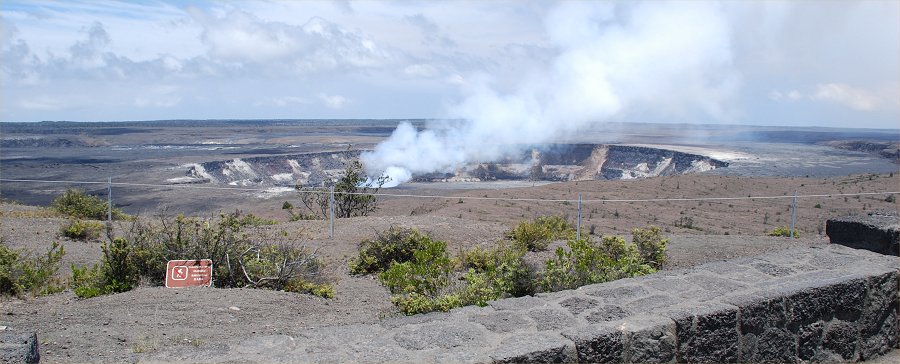
The view from the observation platform at the Thomas Jagger Museum adjacent to
Kilauea
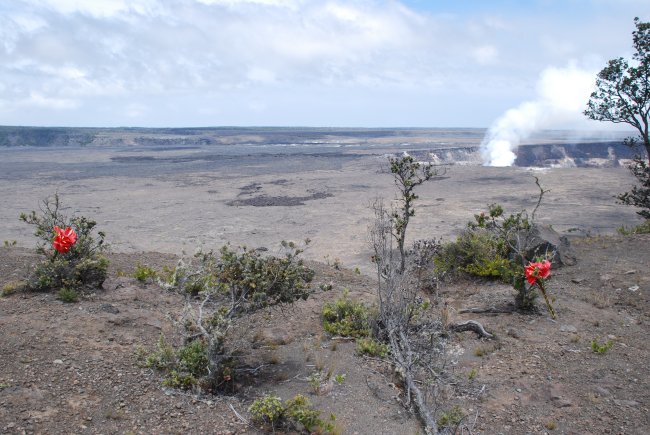
Flowers left near Kilauea for the "Goddess of Fire, Pele
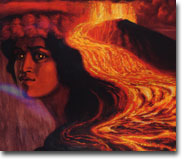
Mount Kilauea Volcano is the home of Pele, the Hawaiian volcano goddess. Pele is a goddess of fire, lightning, dance, volcanoes and violence, a daughter of Haumea and Kane Milohai. Early Hawaiians respected and honored Pele, and made offerings to please her or calm her wrath. Every time an eruption occurs, the local people think that it is a way of Pele giving a gift. The lava that flows out of the eruption forms new land, so the people leave offerings such as fruit, flowers, and fish to thank her for her generosity. Tales tells, that Goddess Pele has a couple of talents, specifically one of them is that she can seduce any man by taking the form of a beautiful young woman. Another talent is giving more land to Hawaii, Big Island (Mount Kilauea gives contributes approximately 40 acres of new land every year). |
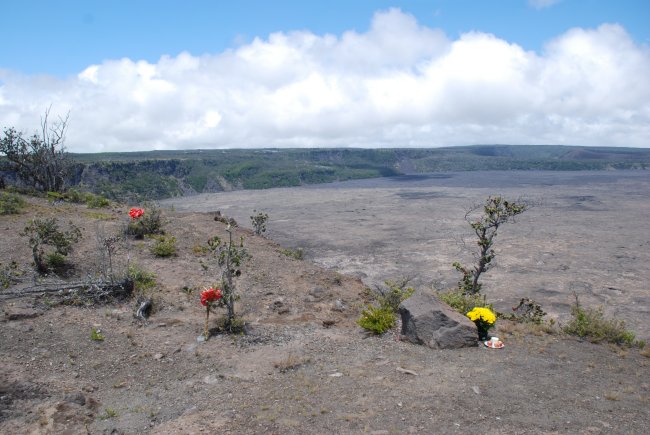
Flowers and fresh fruit left at the Kilauea crater rim
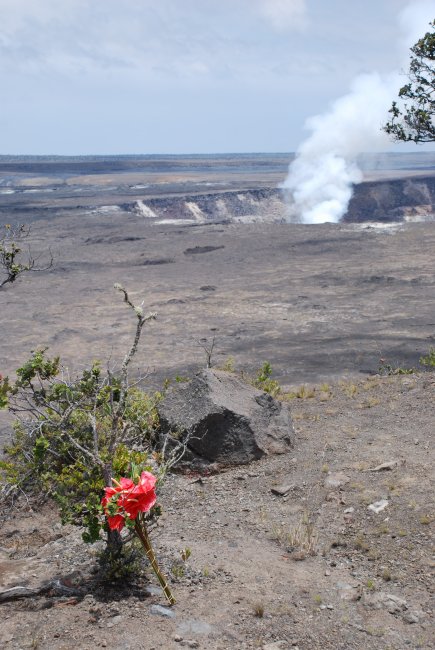
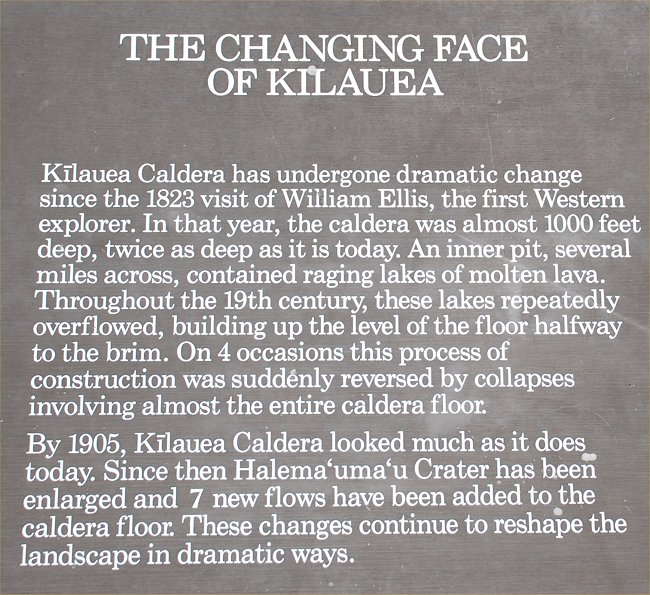
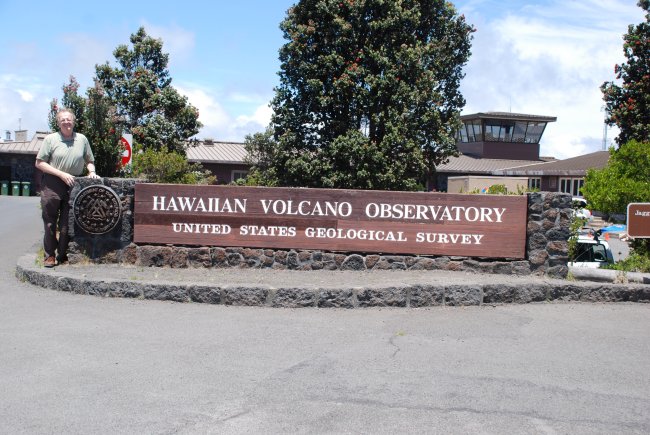
Located adjacent to the Kilauea volcano is the Hawaiian Volcano Observatory.
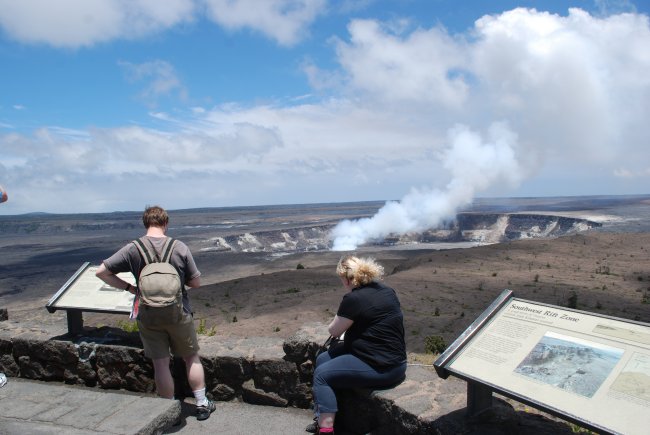
The observation deck and information panels outside the Jagger Museum.
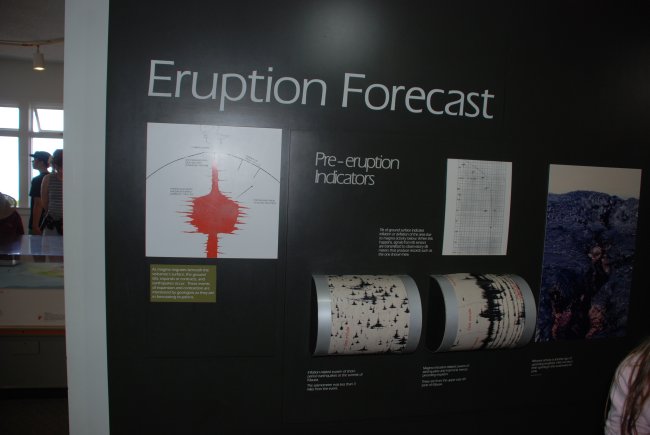
The museum information exhibits are very informative
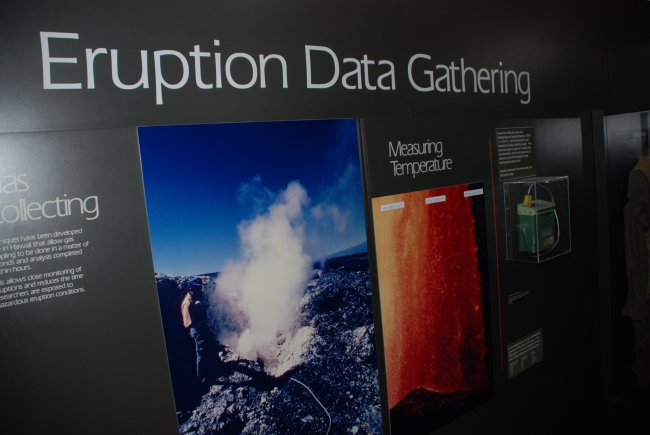
Example of another Jagger Museum exhibit.